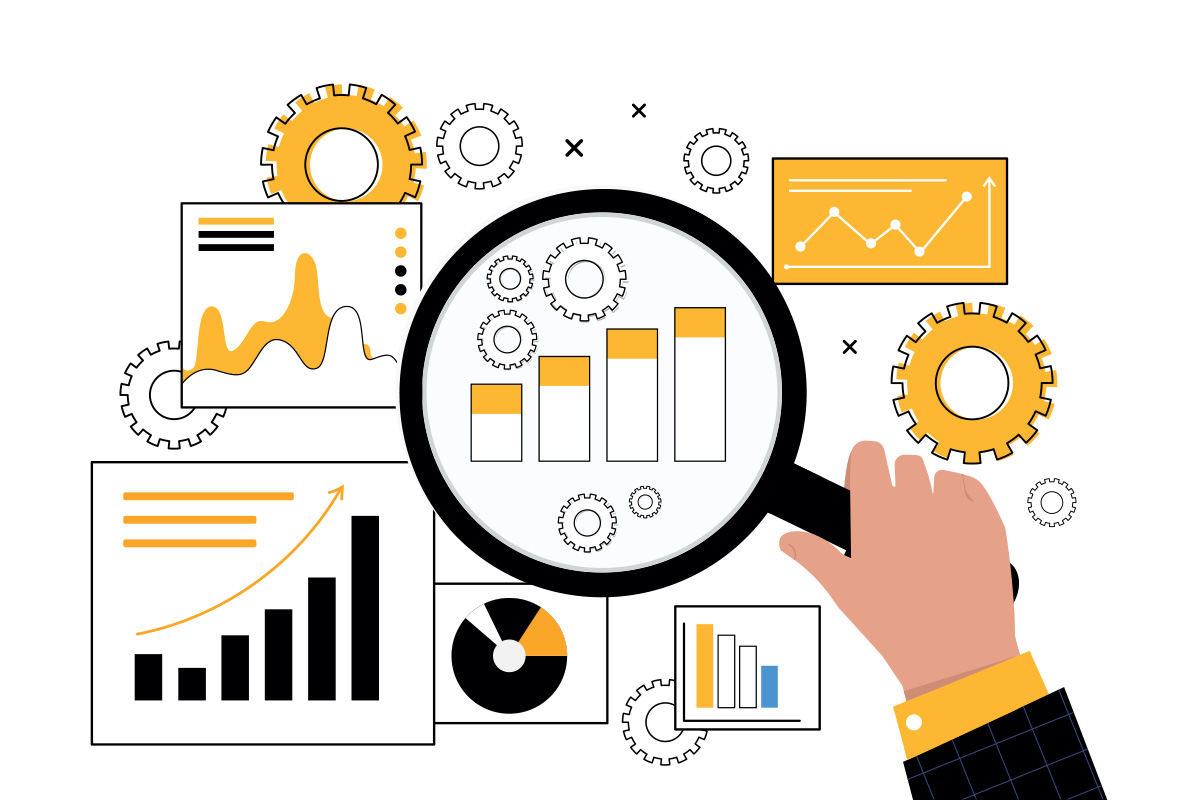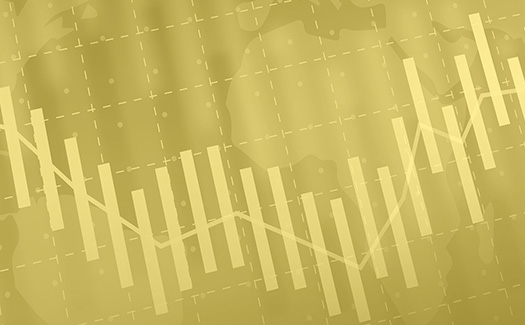Operational risk analysis means identifying potential risks that could impact your business and its employees. It helps organizations identify and manage risks before they become costly problems.
Both types of risk analysis — qualitative and quantitative — provide insight into risks that could impact a business. Businesses use risk analysis to identify challenges that might be difficult to quantify. These can include threats to a company’s reputation, employees, or legal strategy. Quantitative risk analysis can help companies measure financial or market risk.
What is Qualitative Risk Analysis?
Qualitative risk analysis is one method companies use to identify challenges. This risk analysis method relies on expert judgment and experience. The approach is particularly useful when there is a lack of data, or when data is difficult to quantify.
Companies can use several tools to perform risk analysis. Many organizations depend on a risk map — a visual representation of their risks. A risk map typically plots points on a grid or impact matrix. It identifies the likelihood of particular risks, and the impact that each risk might have on the company.
Even without calculations or statistics, qualitative risk analysis is still a complicated process. It requires several steps in risk identification, assessment, and mitigation. To help manage the process, many companies depend on risk management analytics software. These programs help businesses of all sizes identify and address risks before they arrive. They also provide answers to common questions business leaders have about risk.
When to Perform a Qualitative Risk Analysis
A qualitative risk analysis is useful in a variety of scenarios. Many companies perform a qualitative analysis when it might be difficult, or impossible, to obtain precise data. In other cases, companies use qualitative risk analyses when risks are complicated or subjective.
Here are some common scenarios that require a qualitative risk analysis:
- When risks are difficult to quantify: Some reputational and legal risks can’t be expressed statistically. Qualitative analysis helps experts understand risks that aren’t easily quantified.
- When companies lack data: Some organizations might not have access to historical data. They can use qualitative risk analysis to create a framework for assessing risks.
- When new risks emerge: Companies might not have data, or context, for new risks. Qualitative analysis relies on available information to make judgments on any emerging threats.
- When dealing with complicated risks: Some risks are too complex to express in numbers. Qualitative analysis considers all factors and variables, even those too intricate for an equation.
It’s important to analyze risk management information after gathering it. Companies should prioritize risks that are significant and require immediate attention. Develop risk management strategies to manage each situation individually.
Stakeholders should also be made aware of potential qualitative risks. Inform senior management, board members, or other executives of the analysis.
Monitoring ongoing qualitative risks is also important. Some qualitative risks are more difficult to track, since they can’t be easily expressed with numbers. Keep tabs on how risks evolve over time. If necessary, shift company resources toward qualitative risks that might threaten operations or progress.
What is Quantitative Risk Analysis?
Quantitative risk analysis relies on numbers and statistics. It involves measuring probabilities and the potential impact of certain risks. This method is particularly useful when data is available.
Many companies use quantitative analysis to defend their observations. They rely on statistical models that estimate overall risk, based on many different data points. For example, a quantitative risk analysis might include a sales audit to determine a company’s financial health.
You might use several different tools when performing this type of analysis. Many companies rely on decision trees, which visually represent statistical data. Decision trees identify different action options and their potential outcomes. They can help companies identify favorable decisions and the potential impacts of each.
Depending on the depth of your data, your company might also use a time series analysis when analyzing quantitative data. This model studies data over time to identify underlying trends. It can help identify patterns shared between data sets, even if they appear unrelated. For example, a successful time series analysis might help a company identify a relationship between certain market conditions and customer purchase habits.
Performing a quantitative risk analysis is often a complicated process. Many companies rely on risk analytics software that provides additional insight into their data. The best risk analytics programs help companies identify hidden insights in the data they already own.
When to Perform a Quantitative Risk Analysis
Companies perform a quantitative risk analysis whenever they have access to statistical data.
The type of data used will depend on the nature of a company’s risks. For example, the analysis might consider data on website traffic, customer orders, market analytics, or competitor activity. In other cases, companies will consider social data when analyzing risks. They might reference cultural trends, new compliance regulations, and even political activity.
Here are some common scenarios when a quantitative risk analysis might be necessary:
- When focusing on financial risks: Many companies analyze quantitative data when assessing finances. This can include information on investments, cash flow, and profits to assess potential financial outcomes.
- When considering alternative actions: Companies also use quantitative risk analysis whenever they’re considering a change of direction. They analyze different situations and identify the best path forward, based on the data they have available.
- When they see changes in the market: Market shifts often create the need for quantitative risk analysis. Companies reference reports on consumer behavior to identify potential market impacts on business operations.
- When considering a new product launch: A quantitative risk analysis is typically necessary when launching a new product. This analysis can help in making informed decisions about the products customers might need or want.
After gathering quantitative data, consider cleansing it before analysis. This means making the data as relevant as possible, often by removing inaccurate figures. You might also remove data that might be irrelevant to the specific quantitative data analysis you’re performing.
After cleansing your data, it’s time to analyze it. Prioritize risks according to the most urgent data you find. Communicate any pending risks to stakeholders. Make sure to inform executives of any corrective strategies that will help your company avoid future risks.
Difference Between Qualitative and Quantitative Risk Analysis
Qualitative and quantitative risk analyses represent two different approaches to managing risk. The former relies on expert judgment, where companies identify risks according to their experience. The latter relies on numerical data, often historical data, to make decisions.
Quantitative risk analysis is often considered the more time-consuming process. It requires a significant amount of data, along with specialized tools that help companies uncover hidden trends in the information they’ve collected. By contrast, qualitative risk analysis is often the faster option. It relies on subject matter experts and non-data trends to provide a fuller picture of a company's risk portfolio.










